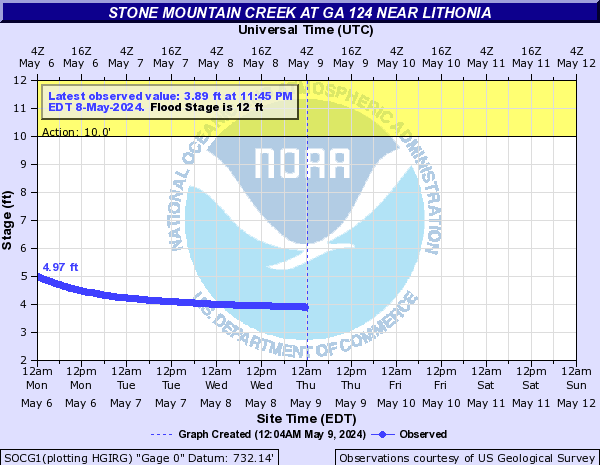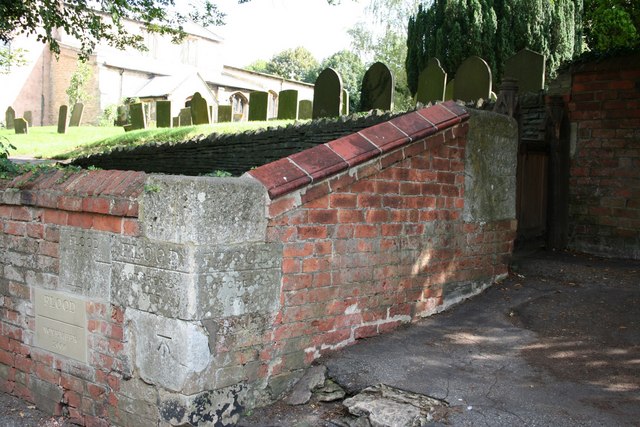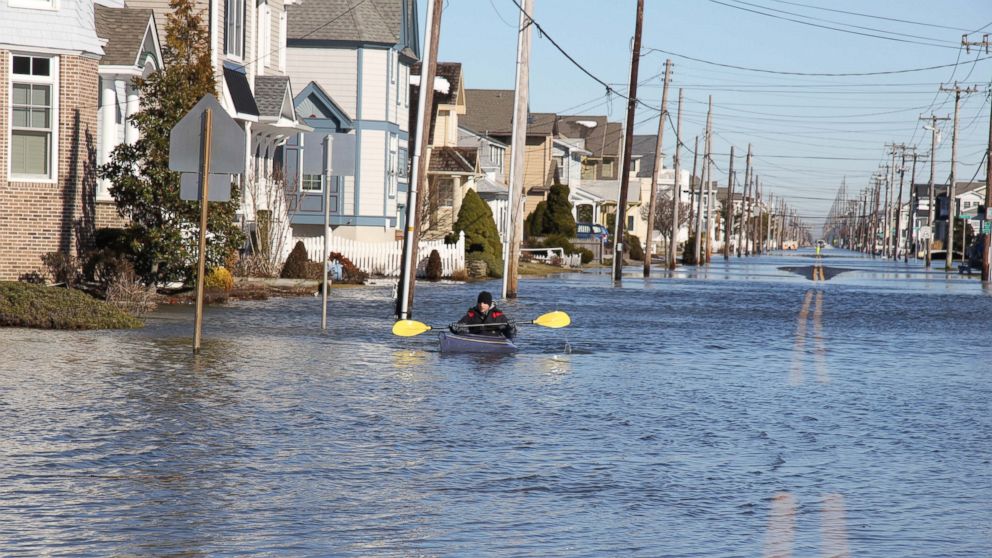
Increase in hourly precipitation extremes beyond expectations from temperature changes. Testing the Clausius-Clapeyron constraint on changes in extreme precipitation under CO2 warming. Constraints on future changes in climate and the hydrologic cycle. The end-to-end attribution problem: From emissions to impacts. To what degree can the October/November 2000 flood events be attributed to climate change? DEFRA FD2304 Final Report, London, 36 pp. Department for Environment, Food and Rural Affairs. Flooding: A partnership approach to protecting people. The UK floods of 2000-2001 : A hydrometeorological appraisal.
#Stone flood level 87 series
Updated precipitation series for the U.K. Wiley Interdisciplinary Reviews: Climate Change, submitted. Detection and attribution of climate change: a regional perspective. Contribution of Working Group I to the Fourth Assessment Report of the Intergovernmental Panel on Climate Change (Cambridge University Press, United Kingdom and New York, NY, USA) (2007). In Climate change 2007: The physical science basis. Understanding and attributing climate change.

This pilot demonstration of the Probabilistic Event Attribution framework forms the foundation for an ongoing long-term project to provide operational attribution statements for extreme weather-related events worldwide. Moreover, our model results indicate 20th century anthropogenic greenhouse gas emissions significantly (at the 10% level) increased England & Wales flood risk in Autumn 2000 and most probably about trebled it. We find that our climate model adequately represents autumn synoptic conditions, and that our precipitation-runoff model adequately represents England & Wales runoff variability. Autumn 2000 flooding is characterised by realisations exceeding the highest daily river runoff for that period, derived from the observational-based ERA-40 re-anaylsis. These realisations are produced using publicly volunteered distributed computing power to generate several thousand seasonal forecast resolution climate model simulations that are then fed into a precipitation-runoff model. This involves comparing an unprecedented number of daily river runoff realisations for the region, under Autumn 2000 scenarios both with and without the emissions. Instead we use a Probabilistic Event Attribution framework, to rigorously estimate the contribution of anthropogenic greenhouse gas emissions to England & Wales Autumn 2000 flood risk. But these arguments are too simple to fully account for the complex weather associated with the flooding. Indeed, typically quoted thermodynamic arguments do suggest increased probability of precipitation extremes under anthropogenic warming.
#Stone flood level 87 drivers
Though the floods were deemed a `wake up call' to the impacts of climate change, anthropogenic drivers cannot be blamed for this individual event: but they could be blamed for changing its risk. Nearly 10,000 properties were flooded and transport services and power supplies severely disrupted, with insured losses estimated at £1.3bn.

The event was the UK flooding of October and November 2000, occurring during the wettest autumn in England & Wales since records began in 1766 and inundating several river catchments. Here we present the first multi-step study that attributes increasing risk of a damaging regional weather-related event to global anthropogenic greenhouse gas emissions. Yet climate models typically used for studying the attribution problem do not resolve weather at scales causing damage.

Interest in attributing the risk of damaging weather-related events to anthropogenic climate change is increasing.


 0 kommentar(er)
0 kommentar(er)
